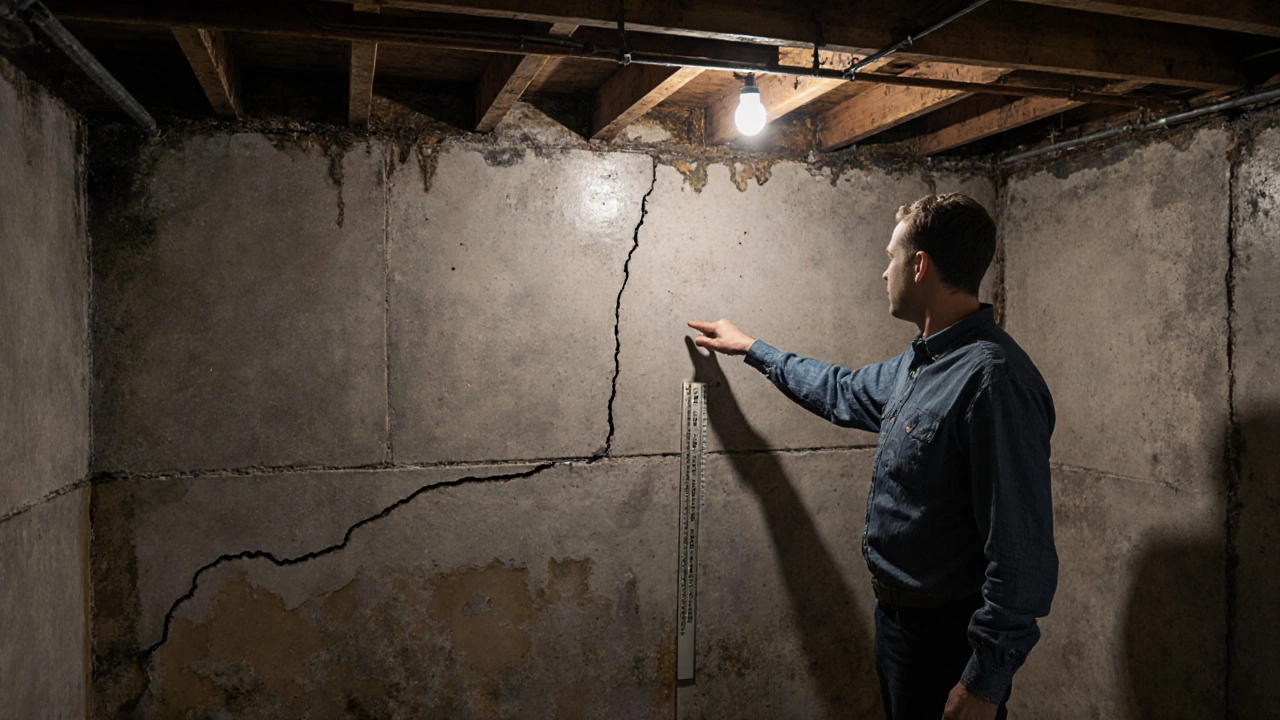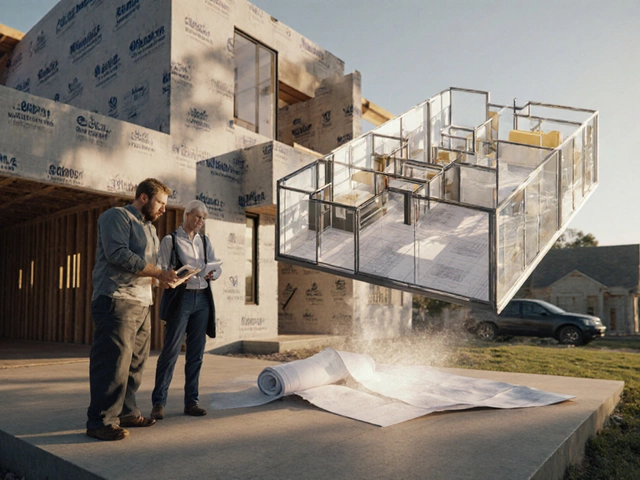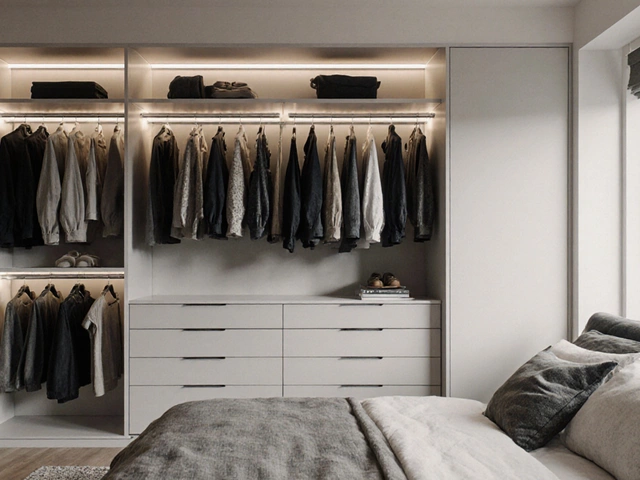Crack in Foundation: Signs, Causes, and What to Do Next
When you spot a crack in foundation, a visible break or split in the concrete or masonry that supports your home. Also known as foundation cracks, it’s one of the most common red flags homeowners ignore—until it’s too late. Not all cracks are dangerous. A thin, hairline line near a corner might just be normal settling. But a jagged, widening gap? That’s something else entirely.
A foundation settlement, the slow sinking or shifting of a home’s base due to soil movement, poor drainage, or tree roots is often the hidden cause behind those cracks. Older homes, especially those built on clay soil or near trees, are more prone to this. But even new builds can show cracks if the ground wasn’t properly compacted before pouring concrete. Then there’s structural damage, when the foundation’s integrity is compromised to the point it affects walls, doors, or floors. That’s when your doors stick, floors slope, or windows won’t close. These aren’t cosmetic issues—they’re safety risks.
Cracks that run diagonally across walls, are wider than a quarter-inch, or get bigger over time? Those are warning signs. Water seepage near the crack? Even worse. Moisture weakens concrete and invites mold, rot, and pests. And if you’ve noticed gaps between walls and ceilings, or stair-step cracks in brickwork, you’re not just dealing with surface dirt—you’re dealing with movement that’s been going on for months, maybe years.
This isn’t about panic. It’s about knowing what to look for. Some cracks are normal. Others need a professional right away. Below, you’ll find real examples from homeowners who spotted the early signs—and what they did next. Whether it’s a tiny hairline split you’ve been ignoring, or a gap wide enough to stick your finger in, you’ll find clear guidance on whether to call a pro, what questions to ask, and how to avoid being upsold on unnecessary repairs.
How Much Does It Cost to Repair a Horizontal Foundation Crack?
Horizontal foundation cracks signal serious structural pressure. Repair costs in 2025 range from $1,500 to $15,000+ depending on crack width, bowing, and method used. Carbon fiber straps, steel beams, and wall anchors are common fixes - but drainage must be addressed too.
full article




